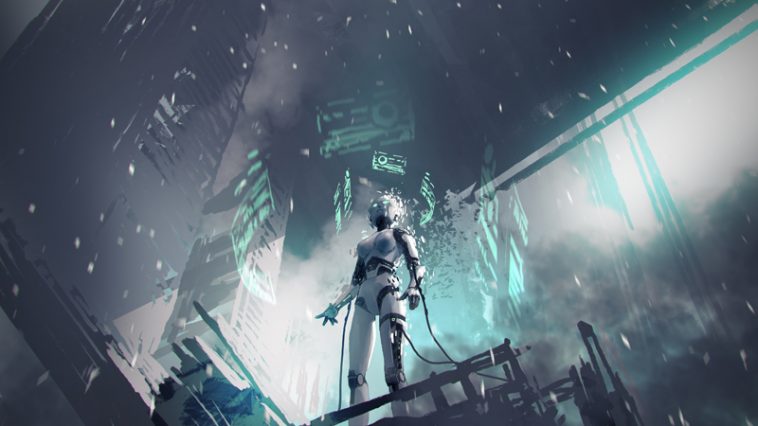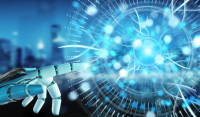In August 2021, at the Tesla AI Day event, Tesla CEO Elon Musk announced the Tesla Bot project, codenamed “Optimus”. A year later, the “Optimus Prime” prototype was officially unveiled, and demonstrated operations such as carrying boxes, watering plants, and moving metal bars. Musk expects future production to reach millions of units, and the target price may be less than $20,000.
With the launch of “Optimus Prime”, the emerging track of humanoid robots has attracted widespread attention in the market. Does this mean the commercialization of humanoid robots?
Humanoid Robot Development Review
Before discussing this issue, it is first necessary to review the development history of humanoid robots.
In fact, humans have been exploring humanoid robots for a long time. Let’s go back to the end of the 15th century, about 1495, the Italian scientist Leonardo da Vinci drew a sketch of a humanoid robot in the manuscript. This robot was designed to look like a knight, but it was limited by the level of technology. , and its physical activities can only be driven by wind and water power.
Until 1973, Japan’s Waseda University launched the life-size robot WAROT-1, equipped with mechanical hands and feet, artificial vision and hearing devices, which can grasp and carry objects by hand through tactile sensors, and conduct simple Japanese conversations. But WAROT-1 has very weak mobility, taking 45 seconds to walk a step.
Entering the 21st century, with the development of artificial intelligence, big data, edge computing, cloud computing and other technologies, humanoid robots have made a qualitative leap. For example, in 2013, Kirobo, a robot jointly developed by the University of Tokyo, Dentsu Group and Toyota, has facial recognition and can communicate with astronauts. Walking upright with two legs, after several years of updates and iterations, Atlas has been able to complete all kinds of difficult parkour sports. In 2020, the American startup Agility Robotics announced its bipedal robot Digit, which can carry goods in an unattended environment and can be used in logistics, warehousing, industry and other scenarios. In 2021, the Busboy launched by Toyota Japan can perform 85% of complex human-level tasks…
Is the blue ocean market ready to go?
So, why develop humanoid robots?
Humanoid robots are the most similar to humans among robots. They can walk on two legs, complete some simple actions through the coordination of arms and bodies, and communicate with humans through simple language.
For example, a humanoid robot can go up and down steps, jump over obstacles while walking, bend over to pick up loads, and perform human-like dance moves, all of which are difficult for other robots to accomplish. It can be said that the application scenarios of humanoid robots are very wide, specifically:
1. Ensure human safety: Safety is the most obvious advantage of humanoid robots. They can replace human work and maintain maximum safety in some hazardous workplaces and harsh working conditions.
2. Relieve the dilemma of aging: At present, the problem of population aging is emerging all over the world. According to the forecast of the United Nations on the development trend of world population aging, the population aged 60 and above will reach 2.1 billion by 2050. Humanoid robots can take care of the daily life of the elderly and alleviate some of the crises brought about by aging.
3. Enhance the shopping experience: Various stores, administrations, hotels use humanoid robots to provide unforgettable shopping experiences. They help customers find what they’re looking for, let visitors know if their size is available, collect customer feedback, and more. Therefore, humanoid robots can save valuable time for employees and customers.
4. Highly flexible and mobile: Humanoid robots are highly maneuverable, and their legs help them move easily in different directions. Therefore, humanoid robots can perform multiple tasks.
As mentioned above, these robots are designed to mimic human behavior. Therefore, some robots are ideal for heavy industrial tasks such as deep sea exploration, space and mining. In addition, they can also be used to operate vehicles and equipment, etc. It can be said that humanoid robots will become an important helper in human daily life.
It should be pointed out that although humanoid robots are standing on the air, it is not easy to achieve commercialization. On the one hand, humanoid robots are a high-tech and comprehensive project involving materials, sensors, control technology, algorithms, exercise physiology, ergonomics and other disciplines, requiring a lot of investment and technology; on the other hand, humanoid robots lack mature technology. Application scenarios, lack of practicality.
Therefore, while ensuring performance, focusing on practicality and industry integration, achieving mass production and reducing costs will become the key to supporting the development of the humanoid robot industry.
Write at the end:
According to Marketsandmarkets, a market research organization, the global humanoid robot market will increase from US$1.5 billion in 2022 to US$17.3 billion in 2027, with a compound growth rate of 63.5%. According to data released by Stratistics Market Research Consulting, the global humanoid robot market has reached 1.51 billion US dollars in 2021, and the market size is expected to reach 26.43 billion US dollars by 2028, with a compound growth rate of 50.5%.
At present, humanoid robots are still in the early stage of development, and the potential for market growth is huge. It is believed that with the influx of more new players and the continuous maturity of technology, humanoid robots will eventually enter thousands of households.




GIPHY App Key not set. Please check settings